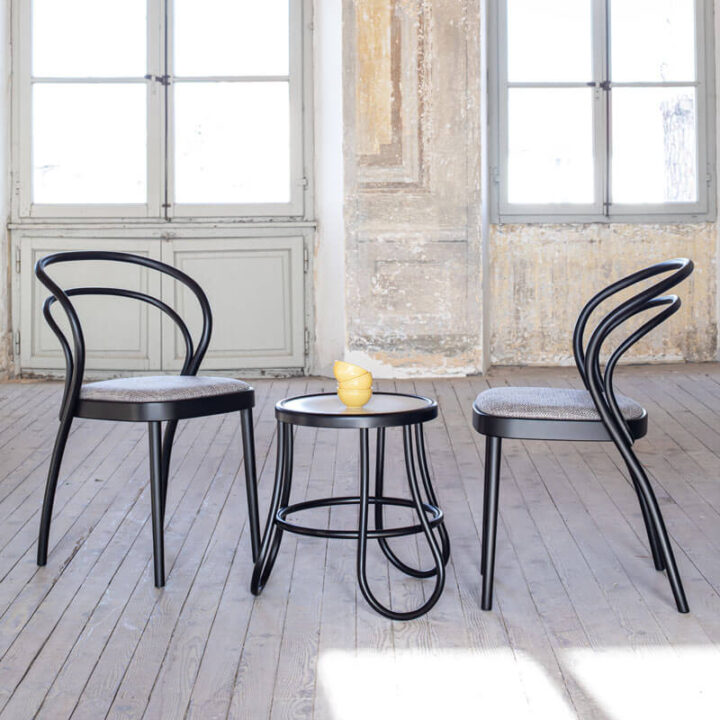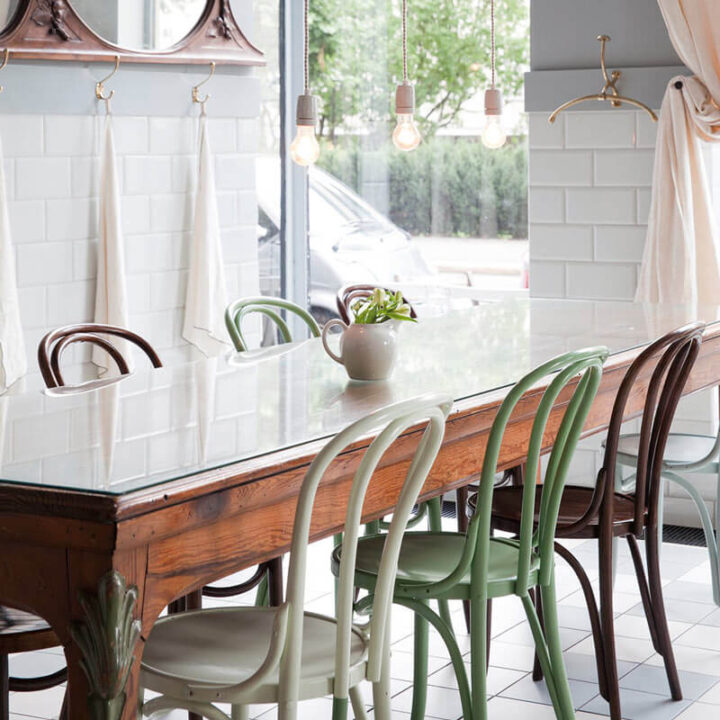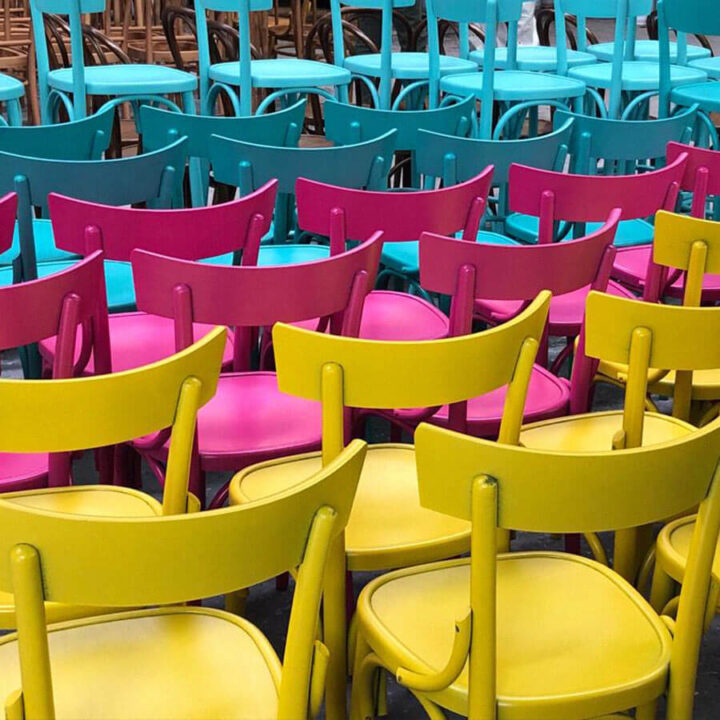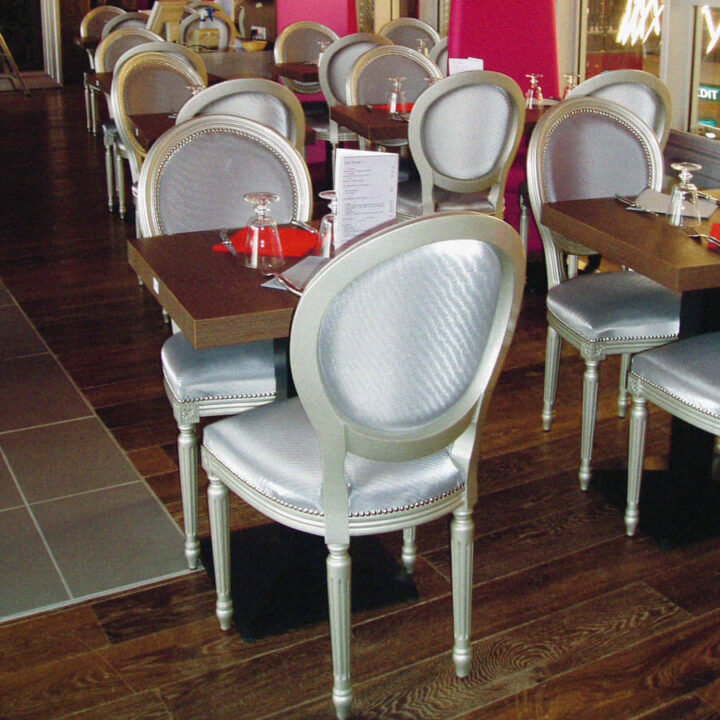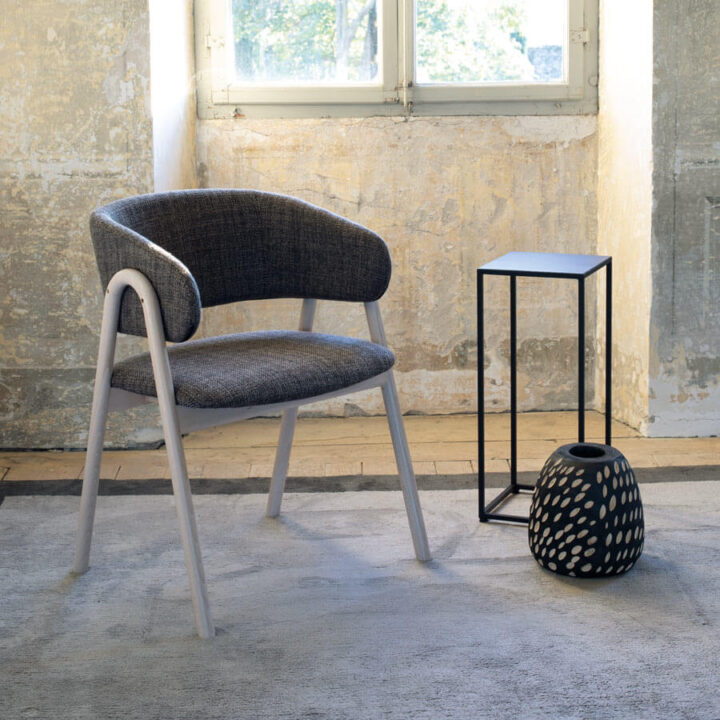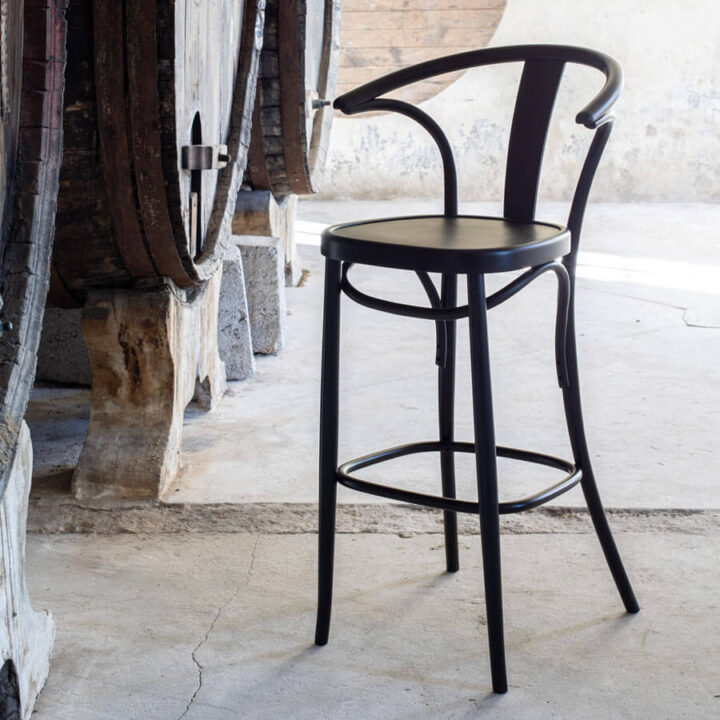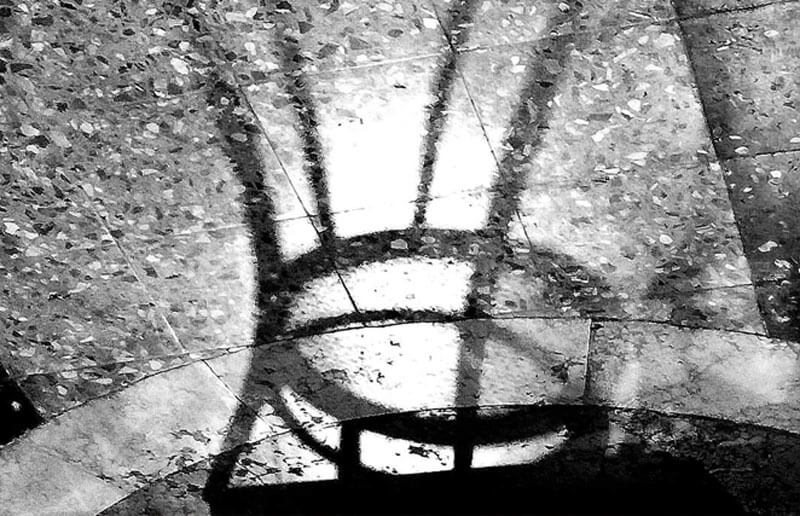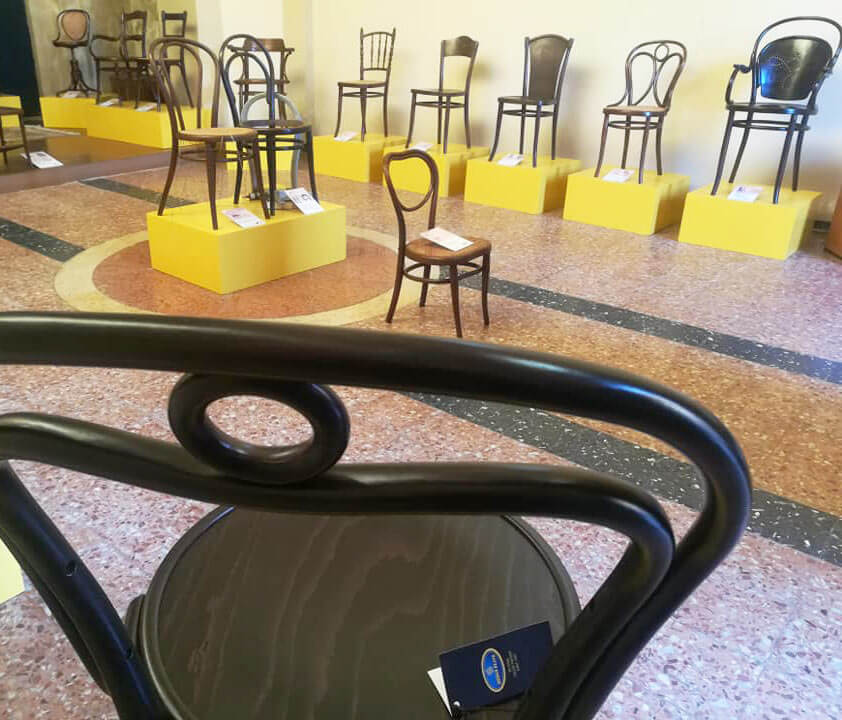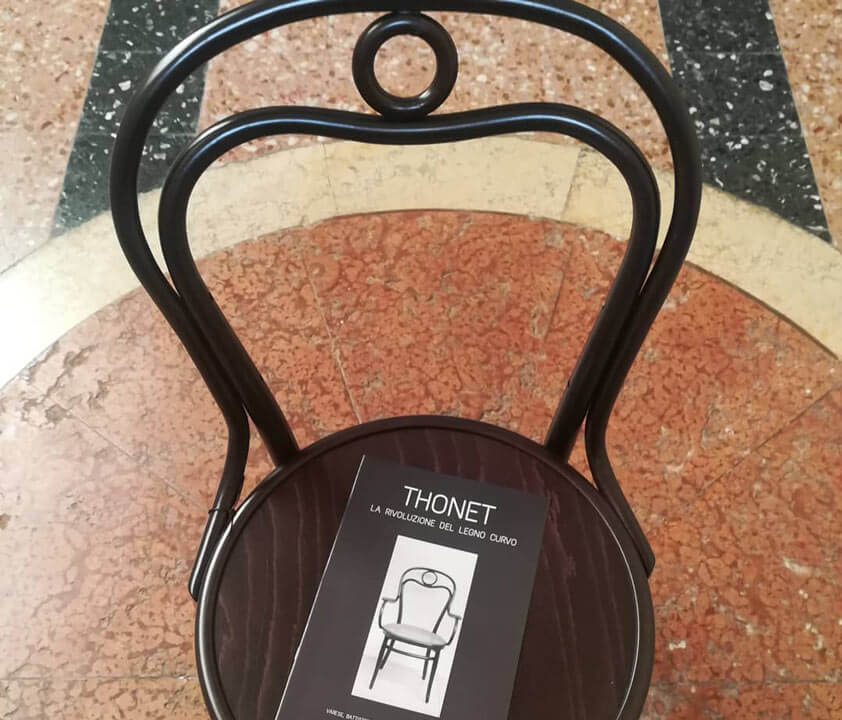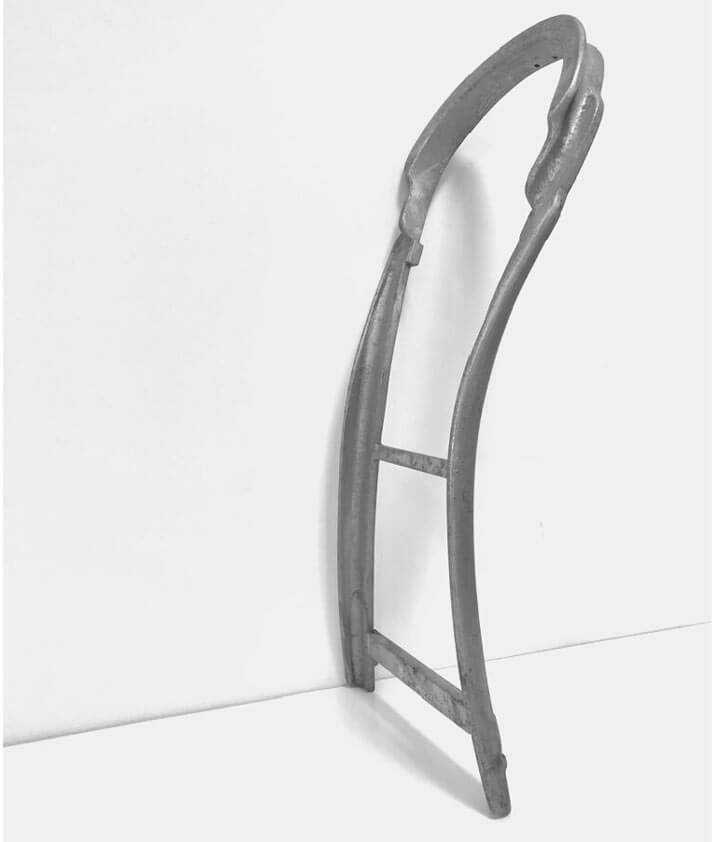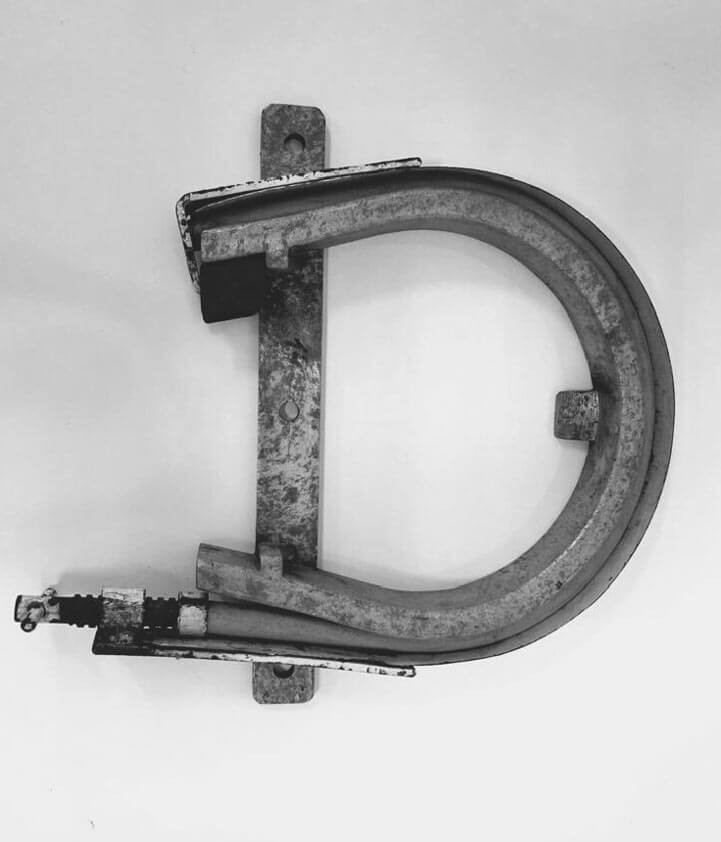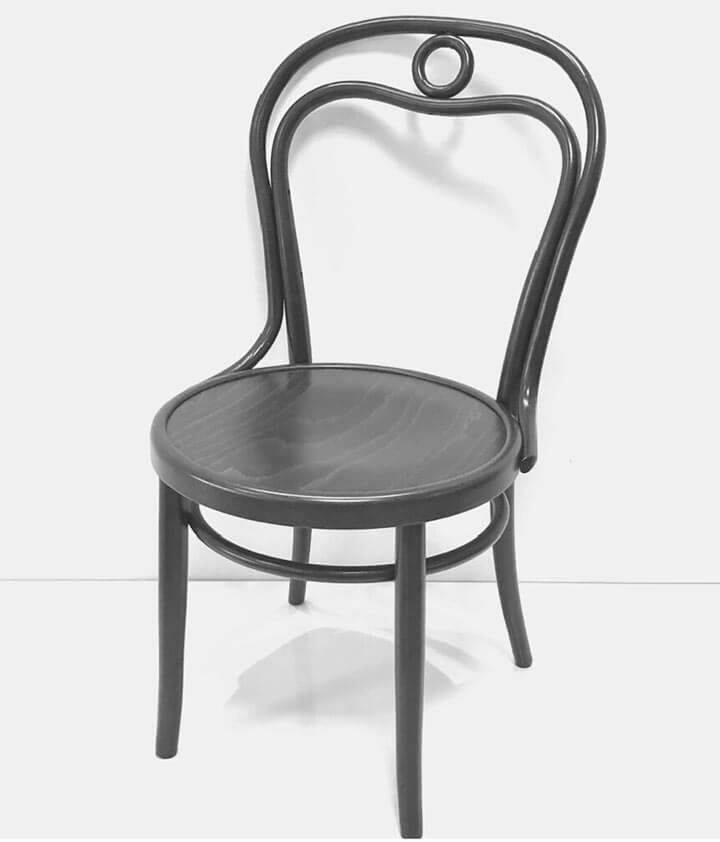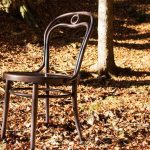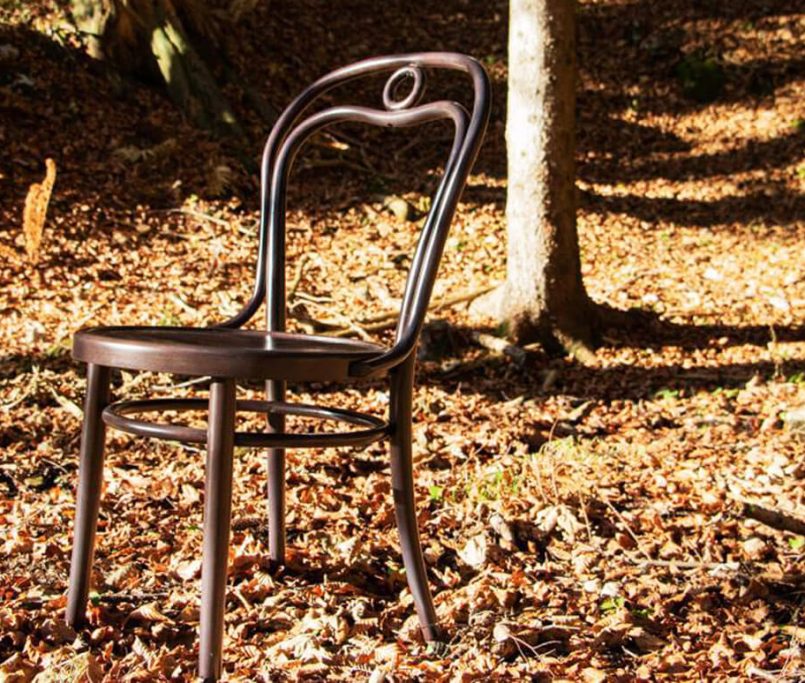Thonet, the bentwood revolution
The art of wood bending
VARESE, BATTISTERO DI VELATE 17.10.2020 / 01.11.2020
Second stage of “Immaginari”, the cultural program of the Beautiful Varese International Association dedicated to the interconnections between Art and Science, the exhibition “Thonet, the revolution of curved wood” brings for the first time to Varese a selection of rare chairs and other objects produced between the mid-1800s and 1904 by the German company Thonet. The exhibition, curated by Carla Tocchetti, was created through a loan from the De Bortoli family, and divided into an exhibition and documentary program that allows you to touch the birth of an innovative technique, the curvature of solid wood that Michael Thonet perfected in the 1850s, and which paved the way for the production of chairs in series.
The Thonets soon became the favorite seats of the new, cultured and refined Central European bourgeoisie, who entertained themselves in moments of rest and conviviality in the bistros, fueling a new flourishing market, that of furniture for the community. Thanks to the experiments in the technique of steam bending of wood tested in various prototypes, the Thonet company, promptly transferred the small headquarters on the bank of the Rhine near Koblenz to the imposing factories located in the capital of the Austro-Hungarian empire, establishing itself as a manufacturer able to produce on a large scale not only chairs, but also small furnishings. The curvature process fascinates the different souls of the New Style, integrating the sinuous shapes desired by lovers of floral Art Nouveau with the balanced solidity favored by lovers of the Austro-Hungarian Jugendstil variant. In reality, the technique developed by Thonet was already known in antiquity and is the same one that is still used today: it was based on the observation that the external fibers of a piece of wood, subjected to bending with strong tension, can splinter; while the compressed ones, on the opposite side, are more resistant. Through the use of steam, Thonet blocked the ends of the piece on a metal template so that it could not expand too much.
Thus, even during the most acute bending, the outer fibers were compressed and did not tear. The wood was then stiffened in shape through a suitable drying.
Sedia Élite exhibits its models
For over 40 years, wood bending has been the passion that has linked our family to the world of furniture.
It was our father, intrigued, towards the end of the 70s, not yet thirty years old, who dedicated himself for several months to the study of the Thonet style and its production methods.
At the time there were no mentors, teachers, manuals or videos from which to extract the art. He had the town’s blacksmith produce the first iron mold, then bought a boiler. And so, in a small shed in the province of Friuli, until then with a strong peasant traction, he tried with the humility and tenacity of someone who knows he is trying to learn something important, to bend drawn wood. It was several months of trial and error. Then, little by little, he perfected every detail.
He understood how to select the best beech with a straight grain and the right percentage of humidity, he identified the perfect temperature to soften the wood and make it workable, he learned the correct times for each single micro-phase. Above all, he understood how much force he had to put into it, when he inserted the wooden extrusion into the iron mould, secured it to the grip and bent it, manually, one piece at a time.
All this until you get a perfect result.
We like to underline that each of our chairs produced with traditional techniques has a production time of about eight hours and requires the intervention of five different specialists. In a world that goes faster and faster, where time has an increasing cost and mass production is achieved through machinery, which confines human intervention to just a computer keyboard, we have decided to continue believing in beauty, in uniqueness and solidity of a handcrafted work. Sure that all this will still be appreciated in the years to come by the most attentive and prepared public.
Daiana and Valentina Di Gaspero
Second generation of Sedia Élite


